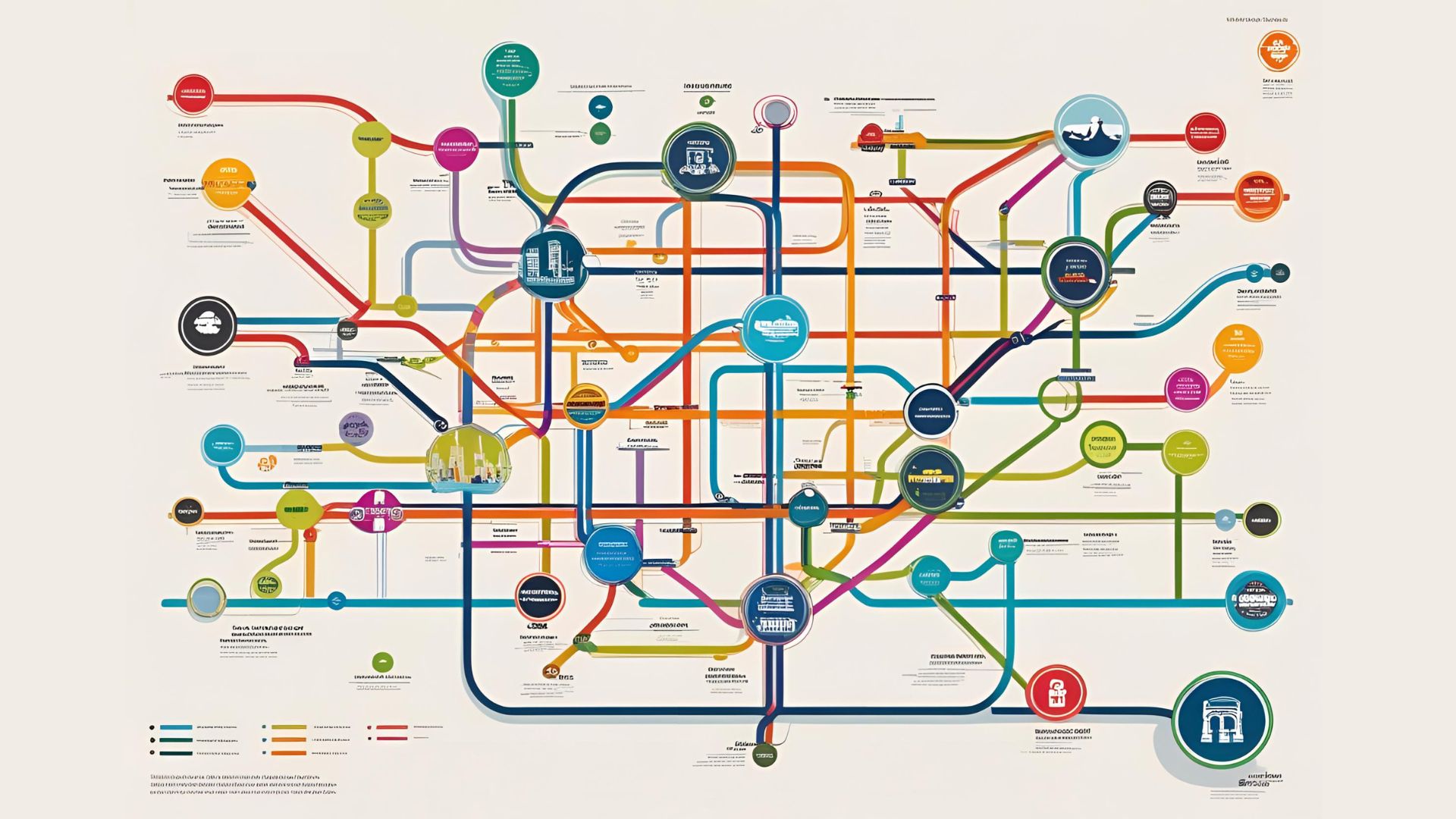Gulnaz Aksenova recently shared with me a research paper that discusses business model innovation (BMI) in AEC consultancies in the age of AI. She and co-author Rich Synott CEng FICE refer to several timely studies and examine why and how BMI is necessary to achieve a competitive advantage through the use of AI.
Boosting efficiency and cutting costs is not the right strategy for long-term advantage, the authors claim.
Why Traditional Models No Longer Work
Labour-based, project-specific services have long dominated the AEC consultancy sector. The hourly billing model, coupled with procurement practices that prioritize the lowest cost over the highest value, has led to the commoditization of design services.
While firms have invested in technologies like BIM, these tools often serve to optimize outdated processes rather than enable fundamentally new ways of doing business.
As the paper notes, many firms are stuck in the “mature stage” of the business model lifecycle. Margins are thin, growth is slow, and new tech is mainly used to squeeze out small gains in productivity. As a result, the firms are more vulnerable than ever to disruption.
From Capability to Competitive Advantage
The authors argue that succeeding in the AI era requires two sets of capabilities: dynamic capabilities and coordination flexibility capabilities (CFCs).
Dynamic capabilities refer to an organization’s ability to sense opportunities, seize them through investment and collaboration, and reconfigure its structure to deliver new forms of value.
CFCs are what help turn those good intentions into real change. They enable teams to coordinate across silos, challenge old assumptions, and implement new strategies effectively.
In short, you might spot the opportunity, but without CFCs, you can’t act on it.
These are not just theoretical concepts. I’ve seen both in action during my tenure at the companies I’ve worked for.
Rethinking Value Creation
If you’re running or advising an AEC consultancy, this means re-evaluating how your firm creates value. The paper offers several strategic recommendations:
- Prioritize value over time: Move beyond hourly billing. Invest in understanding what drives client value and design your services around outcomes, not inputs.
- Invest strategically in R&D: Not just for tools, but for business model innovation. Publicly tracking your innovation investment can attract partners and drive internal accountability.
- Think ecosystems, not silos: Collaborate with universities, startups, clients, and even competitors to drive innovation. No one firm can innovate alone anymore, as we have experienced here in Finland.
- Build data infrastructure: AI is only as valuable as the data you feed it. Without structured, accessible information, even the most advanced models won’t deliver value.
- Lead with culture and trust: Organizational health is not a soft topic. Trust, psychological safety, and aligned leadership are prerequisites for dynamic capabilities.
The authors also emphasize that strong leadership is a critical prerequisite for CFCs and the delivery of intended outcomes. I have previously discussed visionary leadership and its role as a key driver in innovative companies.
Beyond Productivity
There’s an important warning in this research: AI used purely to improve productivity won’t differentiate you in a market where every firm has access to the same tools. True competitive advantage lies in creating new forms of value, rather than simply doing the same work faster.
If AEC consultancies are to thrive, not merely survive in the AI era, transformation must begin at the business model level, the paper suggests. This is challenging, for sure, but it may be the only path to a sustainable and differentiated future.
I recommend checking out the paper Business Model Innovation of Architecture, Engineering, and Construction Consultancies in the AI Era’ and its insightful illustrations. It’s available for download at the ICE Virtual Library.
View the original article and our Inspiration here


Leave a Reply